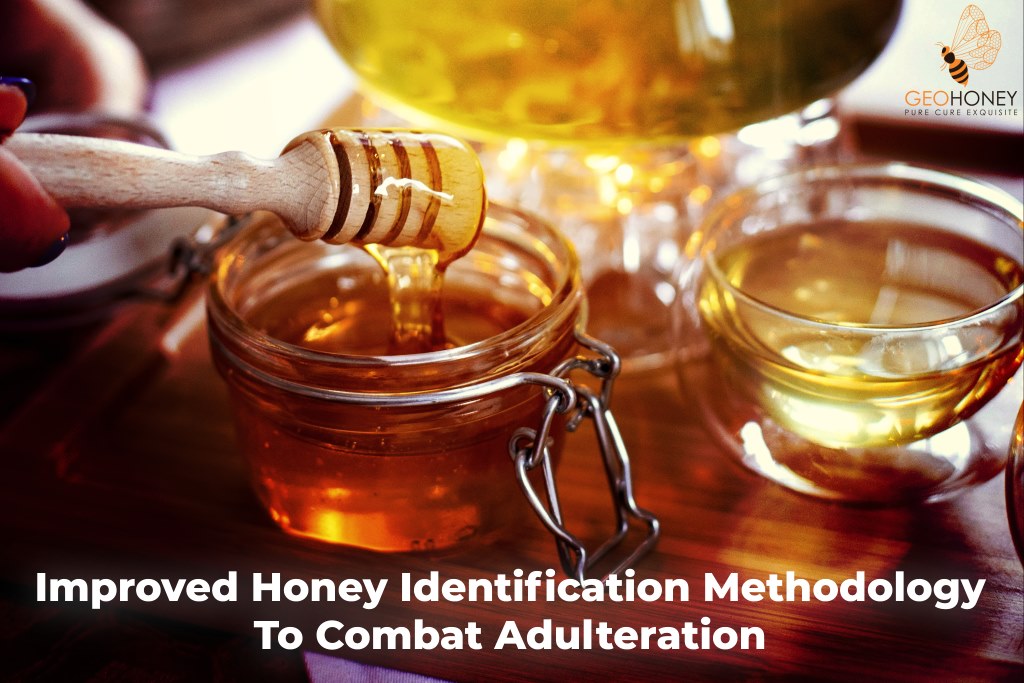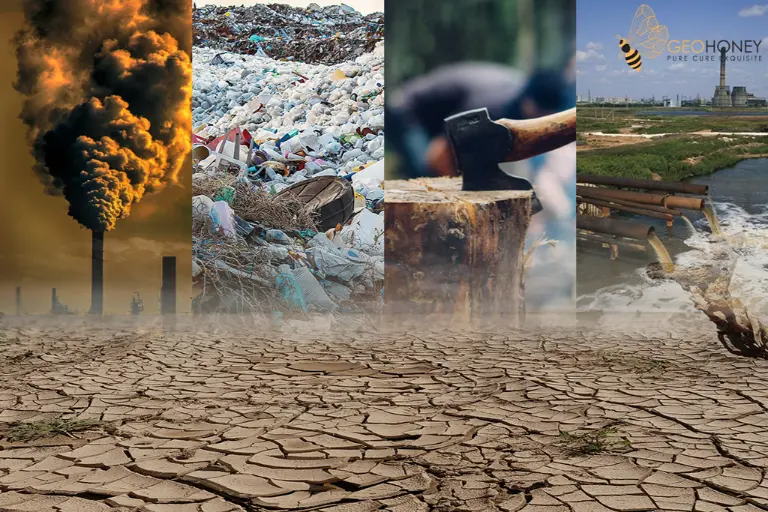- Tokyo: 08:45
- Singapore: 07:45
- Dubai: 03:45
- London: 23:45
- New York: 18:45
Improved Honey Identification Methodology Promises to Combat Adulteration

A new policy will govern the collecting of honey reference samples in order to create uniform authenticity databases. The procedure is the first of its type in the UK, and it will help detect falsified honey, which is frequently bulked out with cheap sugar syrups.
Several commercial authenticity databases are currently being used around the world to assess the integrity of honey. However, there has yet to be published a procedure outlining the standards for collecting honey reference samples needed to validate the authenticity of commercial goods.
Since 2018, the government chemist, the Department for Environment, Food and Rural Affairs, the Food Standards Agency, and Food Standards Scotland have been working to identify some of the scientific challenges underlying honey authenticity and to develop a viable process.
'Numerous other tests for adulteration testing have been created,' says David Hoyland, an independent consultant with over 20 years of honey knowledge and secretary of the working group that developed the protocol.
Effectively, any honey adulteration test requires a database of legitimate samples in order to compare it to the test sample and identify whether it is the same or different and thus adulterated, he adds. A number of commercial organisations laboratories began to establish the databases many years ago, but there have always been questions about the provenance of these databases and the samples that have been used, as well as what decision criteria were used to introduce the samples into those databases.
The methodology describes what accompanying records, documentation, and other factors are required for samples to be judged appropriate for inclusion in an authenticity database, as well as a practical process for obtaining and processing reference samples at various stages in the honey supply chain.
Honey authenticity is complicated, according to Michael Walker, an honorary professor at Queen's University Belfast in the United Kingdom and former head of the government chemist programme at LGC, because honey is a natural product made all over the world from a variety of plants and under a variety of climate conditions.
Bee populations are dropping, therefore honey is a highly prized product; it's become rare because the bees are struggling, he adds. You can blend your quality honey, which commands a premium, with cheaper honey, and you can add sugar syrups, which are now being created in pretty clever ways so that they're more difficult to detect because they've worked closely to replicate the sugar profile of honey itself.
Walker notes that in order to create a database, critical information about honey samples, such as isotope ratios, mass spectra, particular markers, and nuclear magnetic resonance signals, must be collected. These are the steps you should take to ensure that the data points in your database not only represent a dataset of authentic honey, but also the temporal variations from year to year, season to season, climatic variations, geographical variations, and beekeeping method variations, he adds.
Source: chemistryworld.com




Looking with your naked eyes only, can't guarantee that the honey you are taking is natural. Therefore this is better.